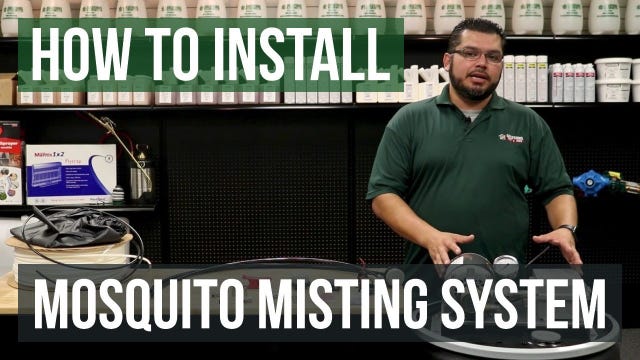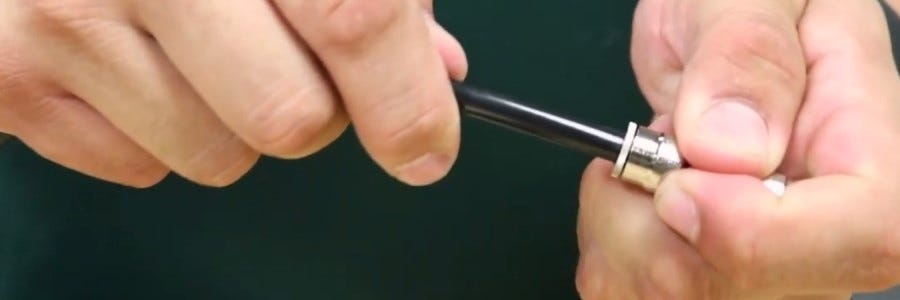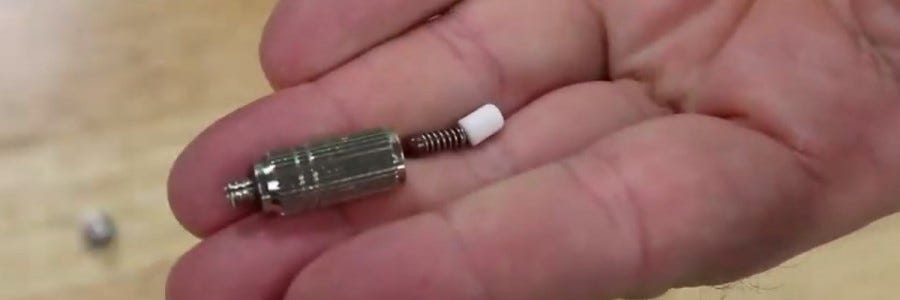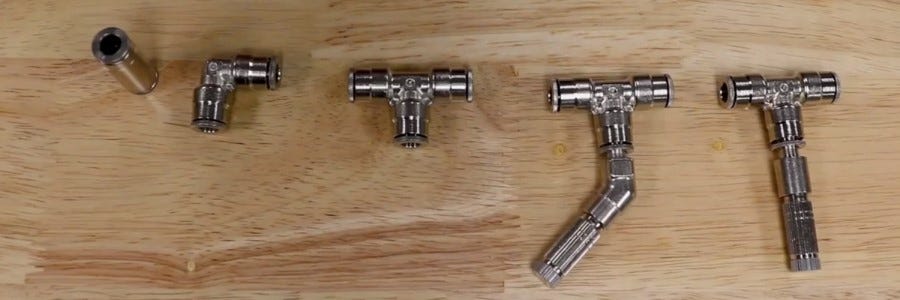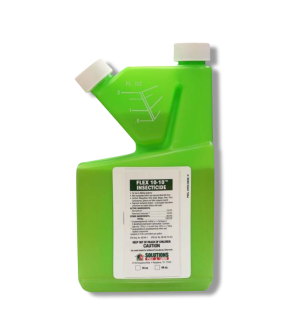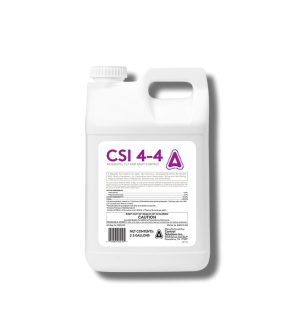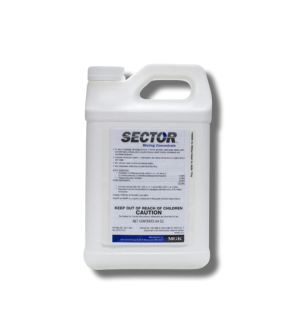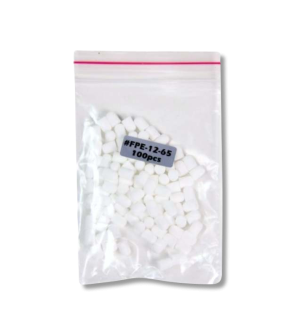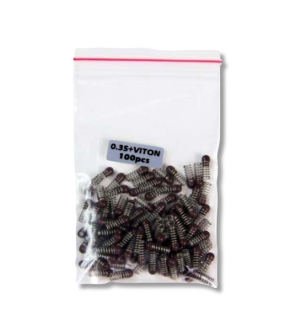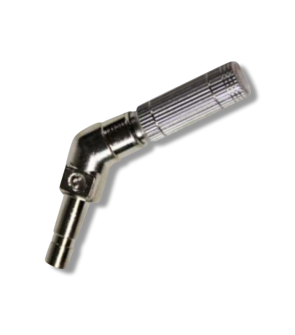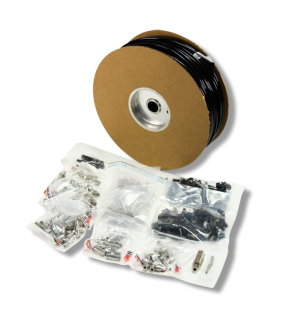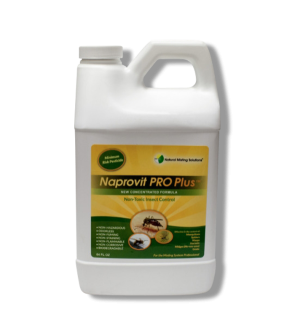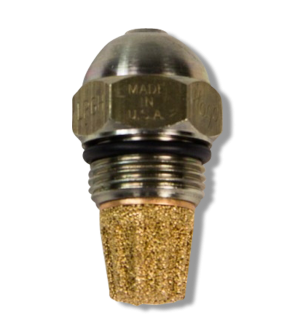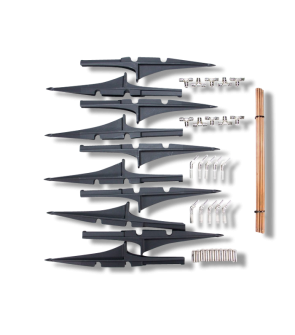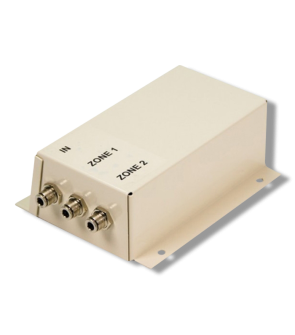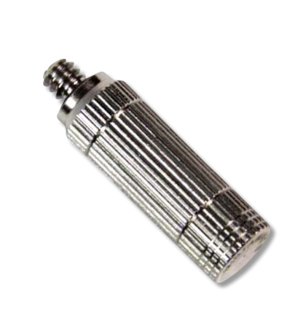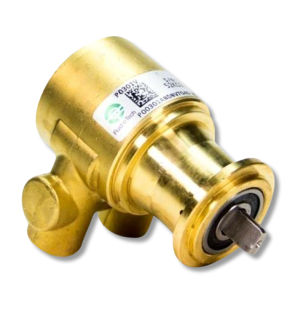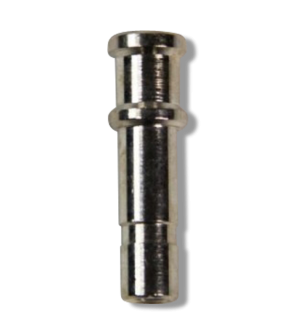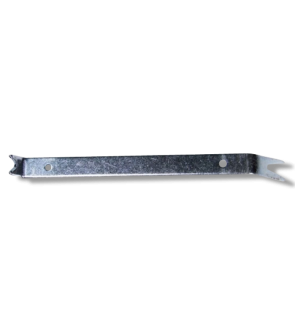Gain access to personalized product screening, the best pricing, rewards, and more!
Most Effective Products
Mosquito Misting Systems
A mosquito misting system is a pesticide delivery system consisting of the main unit connected to a series of nozzles that disperse the pesticide product over the area to be treated. Mosquito misting systems spray the area with a fine mist of pesticide either on a set schedule or at the push of a button. These systems offer the benefits of a regular spraying schedule without having to suit up and mix a new pesticide solution whenever you want to spray.
Press a button on a remote an hour before using your outdoor space and enjoy a yard free of mosquitoes all night. Once the main unit and nozzle line are installed and the reservoir is loaded with product, adjust the included timer to the desired spray schedule. The unit will automatically activate and spray at the set times, which can also be overridden with a one-time burst if desired.
If you can't find the information you need below, please contact us; we’re here to help.
Recommendation
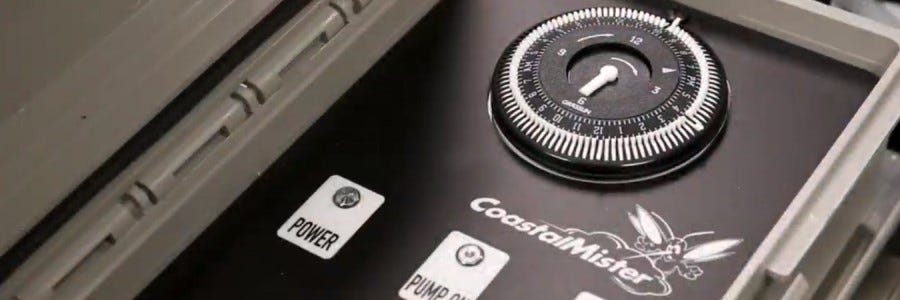
A mosquito misting system consists of several parts sold separately for easy customization. In this section, you will find a full list of everything you need to set up your mosquito misting system. Please note that the guide below is tailored to our recommended unit, but the general principles discussed apply to most mosquito misting systems.
We recommend using the Coastal Mister Automatic Mosquito Misting System for the main unit. Its simple construction is easy to maintain and refill.
We recommend purchasing tubing and nozzles together in a kit, such as our 30 Slimline Nozzle Kit. If you want to place nozzles away from structures or fencing, for instance, in a garden walk or the middle of a flower bed, we recommend using a Mistaway 30" Riser Kit.
Finally, our top recommended pesticide in your mosquito misting system is Flex 10-10 Insecticide.
Installation Guide
Step 1: Planning
Before installing your mosquito misting system, a little planning is needed. Each of our units can handle one outgoing line with up to 60 nozzles, each placed up to 10 feet apart. With a Zone Kit, this can be doubled up to 120 nozzles. Survey your target area and decide where you would like to mount your tube circuit and where the main unit may be placed. Once this is decided, it’s time to set up the main unit.
Step 2: Main Unit Assembly and Placement
Assemble the main unit of the mosquito misting system as directed by the user’s manual within reach of an appropriate power outlet. Once this is done, leave the unit and install your tubing circuit and nozzles.
Step 3: Installing the Tubing Circuit & Nozzles
Once you have decided on the circuit layout, installation is simple. Using the tubing cutter included in your slimline nozzle 30-pack, cut the tubing into segments up to 10 feet long. Connect a nozzle to one end by inserting the tubing into the connector on the nozzle. Mount the nozzle and tubing to a surface such as a wall, eave, or fence; the higher up, the better. Wrap the nylon clamp around the tubing and drill it directly into the surface to secure it in place. Repeat this process until the circuit is mounted and secure, then connect the circuit to the main unit.
Alternatively, a copper riser may mount a nozzle away from structures. Risers can be attached to the tubing line using a union tee. Note that if risers are used, the tubing line leading to the riser should be buried. We suggest that buried tubes be placed in PVC tubing for added protection to prevent accidental damage to the line.
Step 4: Fill and Program the Unit
Now, mix the pesticide product to the desired strength (as directed by the specific product instructions) and fill the drum. Use the system control box to program the unit as desired. Mosquito misting systems may be programmed to release periodically throughout the day. The remote may also override this schedule for a quick, one-time burst.
Inspection and Maintenance
It is recommended that you thoroughly inspect your mosquito misting system once per year or if you notice any major malfunctioning, such as low spray volume or pressure. It’s best to inspect the unit once it is empty and before it is refilled.
Main Unit Inspection
Check the main unit for algae or debris that may have built up in the tank. If any are present, remove or clean them out with water and a brush if necessary. Ensure no obstructions are blocking the uptake line.
Tubing Circuit Inspection
To inspect the tubing circuit for leaks, run water (with no pesticide) through the system and observe the circuit while the unit operates. If any leaks or sudden drops in pressure are spotted, determine if the tubing section is damaged or if the leak is due to a loose connection.
We carry replacement tubing if the line is damaged. Remove the damaged section, reinsert new tubing into the adjacent nozzles, and mount it as before.
Nozzle Inspection
It is recommended that you replace the filters and clean the nozzle spray heads once per year. Remove each nozzle and unscrew the spray head. Each should be able to be removed by hand, but if necessary, use pliers. Examine the tips for blockages or hard water build-up. Blockages can be cleared with a small brush, and the tips can be soaked in a hard water remover to clear build-up if needed.
To replace the filters, insert a straightened paperclip or a similar tool through the tip end to push the spring and filter out. Reinsert the spring and a new filter and press into place with the same tool you used to remove the old filter.
Once this is done, screw the nozzle tips back on and put the nozzles back in the tubing circuit where they were before. We carry replacement nozzles individually and in packs and replacement filters in packs of 100 if needed.
Mosquito Misting System Parts
The Coastal Mister Automatic Mosquito Misting System consists of the main unit with a 55-gallon reservoir, a pump, a system control box, a motor, tubing, risers, and nozzles.
Main Unit
- 55 Gallon Reservoir: The reservoir houses your preferred insecticide product. When mixing a new product batch, fill the reservoir half full with water before adding the product to ensure a uniform mixture.
- Pump: The pump is the beating heart of your mosquito misting system. It moves the pesticide from the reservoir to the nozzles for dispersion.
- System Control Box: The system control box controls when your insecticide product is released. It comes with a remote control unit that can program a set schedule or provide a quick one-time burst of product with the push of a button.
- Motor: The motor provides the energy the pump needs to move your insecticide product to the nozzles for dispersion.
Tubing & Risers
The tubing carries your insecticide product from the reservoir to the nozzles for dispersion. If additional tubing is required, we offer a three-color selection: black, white, and tan. We recommend black to prevent molding in the tube.
Risers are an optional product that allows a nozzle to be placed away from a structure. They are ideal if you want to place a nozzle in the middle of a flowerbed or throughout a garden walk.
Nozzles
The points of dispersion in any mosquito misting system. The number and placement of nozzles vary depending on your pest control needs. We offer a variety of nozzles for every possible scenario. In our experience, 30 nozzles should be enough to cover the average residential yard.
Key takeaways
What is a Mosquito Misting System?
- Mosquito Misting Systems are pesticide application systems designed to spray insecticides via mist to quickly kill or repel mosquitoes and other flying nuisance pests from an outdoor area.
- Though using a misting system requires a small time investment for setup and maintenance, it is less than the time it would take to achieve similar results by other means, such as manually spraying for mosquitos regularly.
How Does a Mosquito Misting System Work?
- Mosquito Misting Systems are installed using tubing and nozzles strategically around an area of the yard where you want mosquitoes to be exterminated.
- The tubing and nozzles connect to the main Mosquito Misting System unit, which releases pesticides from the unit and out of the nozzles via mist into the air at selected times, which can be programmed conveniently by the Mosquito Misting System owner.
How do you Maintain a Mosquito Misting System?
- Keeping the unit clean and debris-free is crucial to achieving consistent operation. Inspect the entire system at least once per year.
- By replacing the filters once per year, the lifetime of the nozzles is greatly extended, lowering the overall cost of the system over time.
- If you’re unsure what your tube circuit’s design should be or encounter any maintenance issues that you can’t find the answer to in our guides, please contact us for help.






